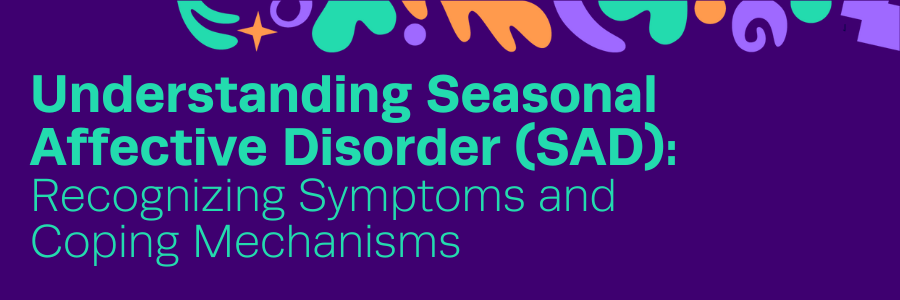Understanding Seasonal Affective Disorder (SAD): Recognizing Symptoms and Coping Mechanisms

Understanding the intricacies of mental health disorders is pivotal in delivering effective support and treatment in our industry. Among the various conditions that impact individuals, Seasonal Affective Disorder (SAD) stands out as a prevalent yet often misunderstood concern. As a company dedicated to advancing mental health care, it is imperative to delve into the nuances of SAD, recognize its symptoms, and explore coping mechanisms for both patients and practitioners.
Unraveling Seasonal Affective Disorder:
Seasonal Affective Disorder, commonly known as SAD, is a subtype of depression that follows a seasonal pattern. Typically, it manifests during specific seasons, often starting in the late fall and continuing into the winter months when daylight hours diminish. While its exact causes remain under investigation, researchers suggest that reduced exposure to sunlight may disrupt the body’s internal clock and lead to a drop in serotonin levels, triggering symptoms akin to those of depression. Here are some statistics:
- SAD affects about 5% of the adult population in the United States.
- Women are diagnosed with SAD at a rate four times higher than men.
- Approximately 10-20% of individuals with SAD may experience symptoms that are severe enough to affect their daily functioning and quality of life.
- Studies suggest that up to 6% of the US population may have winter depression that is severe enough to be classified as SAD.
Recognizing the Symptoms:
Behavioral health professionals must be vigilant in identifying the symptoms of Seasonal Affective Disorder. While these symptoms may vary from person to person, common indicators include:
- Persistent feelings of sadness or hopelessness
- Loss of interest in activities once enjoyed
- Changes in appetite or weight, often with cravings for carbohydrates
- Fatigue and lack of energy
- Difficulty concentrating
- Increased desire to sleep
- Social withdrawal and isolation
- Heightened irritability and anxiety
Five Coping Mechanisms for Patients:
Empowering patients to manage their symptoms is a fundamental aspect of SAD treatment. Encourage them to incorporate the following coping mechanisms into their daily routine:
- Light therapy: Exposing oneself to bright artificial light can compensate for the reduced sunlight during the winter months.
- Regular exercise: Engaging in physical activities can boost mood and alleviate symptoms of depression.
- Healthy diet: Encouraging a balanced diet rich in fruits, vegetables, and lean proteins can positively impact overall well-being.
- Stress management: Practicing relaxation techniques, such as meditation and deep breathing, can help reduce stress levels.
- Social support: Encouraging patients to maintain social connections can mitigate feelings of isolation and foster a sense of belonging.
Four Ways to Support Behavioral Health Professionals:
Staying attuned to the latest research and treatment modalities is crucial in providing comprehensive care. Implementing the following strategies can aid professionals in supporting patients with Seasonal Affective Disorder:
- Continual education: Stay informed about the latest research and treatment options related to Seasonal Affective Disorder to provide patients with the most effective care.
- Tailored treatment plans: Develop individualized treatment plans that consider each patient’s unique symptoms, circumstances, and preferences.
- Collaborative approach: Foster a collaborative environment by working closely with other healthcare providers to ensure holistic and integrated care for patients.
- Holistic care: Encourage patients to adopt holistic practices that promote overall well-being, including physical health, social engagement, and emotional resilience.
Understanding the impact of Seasonal Affective Disorder is integral to providing effective support and treatment for individuals experiencing its debilitating symptoms. By recognizing the signs, advocating coping mechanisms, and fostering a collaborative approach to care, behavioral health professionals can play a pivotal role in helping patients navigate through the challenges posed by SAD. As a leading behavioral health software company, it is our commitment to provide the necessary tools and resources that empower professionals to deliver comprehensive and compassionate care to those in need.
Rely on Kipu to keep you ahead of change.
Subscribe to Kipu for behavioral health news, updates, community celebration, and product announcements.




